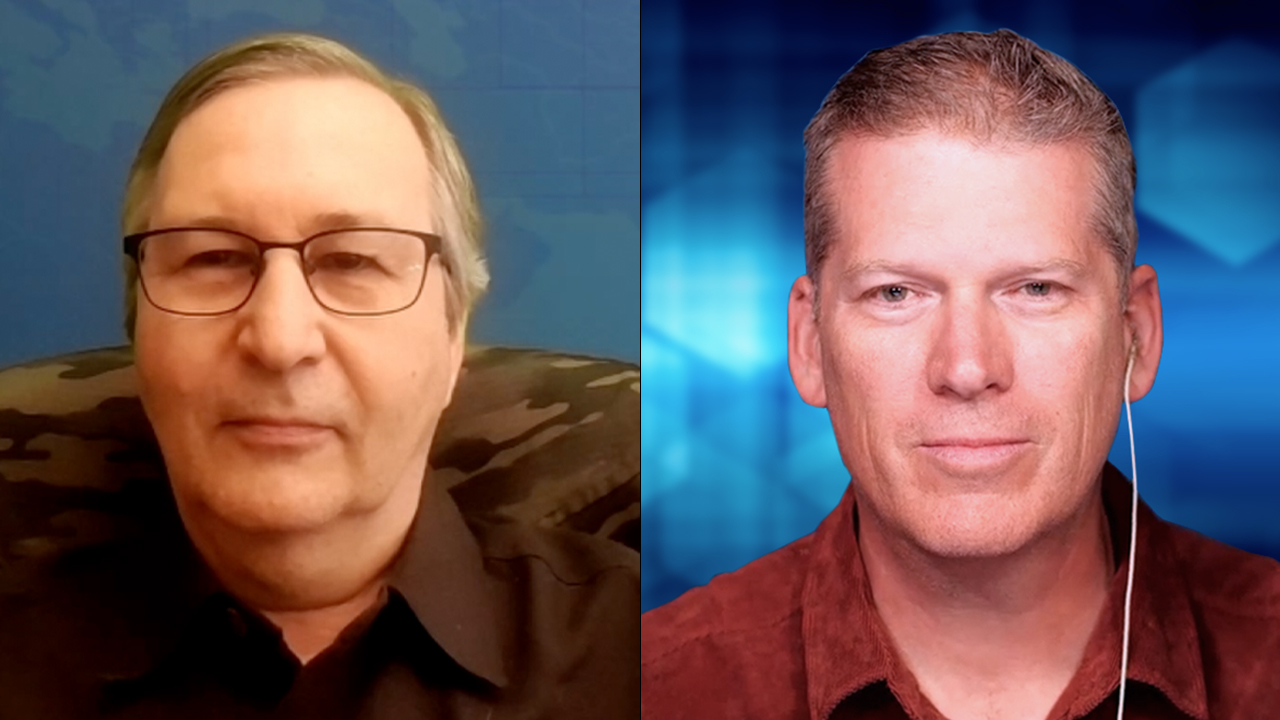Why A Dollar Collapse Is Inevitable
by Alasdair Macleod, GoldMoney:
 “Naturally, the smooth termination of the gold-exchange standard, the restoration of the gold standard, and supplemental and interim measures that might be called for, in particular with a view to organizing international credit on this new basis, will have to be deliberately agreed upon between countries, in particular those on which there devolves special responsibility by virtue of their economic and financial capabilities.”
“Naturally, the smooth termination of the gold-exchange standard, the restoration of the gold standard, and supplemental and interim measures that might be called for, in particular with a view to organizing international credit on this new basis, will have to be deliberately agreed upon between countries, in particular those on which there devolves special responsibility by virtue of their economic and financial capabilities.”
General Charles de Gaulle, February 1965
We have been here before – twice. The first time was in the late 1920s, which led to the dollar’s devaluation in 1934. And the second was 1966-68, which led to the collapse of the Bretton Woods System. Even though gold is now officially excluded from the monetary system, it does not save the dollar from a third collapse and will still be its yardstick.
This article explains why another collapse is due for the dollar. It describes the errors that led to the two previous episodes, and the lessons from them relevant to understanding the position today. And just because gold is no longer officially money, it will not stop the collapse of the dollar, measured in gold, again.
General de Gaulle made himself very unpopular with the international monetary establishment by holding the press conference from which the opening quote was taken. Yet, his prophecy, that the gold exchange standard of Bretton Woods would end in tears unless its shortcomings were addressed by a return to a gold standard, turned out to be correct shortly after. What the establishment did not like was the bald implication that it was wrong, and that the correct thing to do was to reinstate the gold standard. Plus ça change, as he might say if he was still with us.
Those of us who argue the case for a new gold standard, and not some sort of half-way house such as a gold exchange standard to address the obvious failings of the current monetary system, are in a similar position today. The first task is that which faced General de Gaulle and Jacques Rueff, his economic advisor, which is to explain the difference between the two.[i] It is now forty-seven years since all forms of monetary gold were banished by the monetary authorities, and today few people in finance understand its virtues.
Furthermore, in the main, historians educated as Keynesians and monetarists do not understand the economic history of money, let alone the difference between a gold standard and a gold-exchange standard. These similar sounding monetary systems must be defined and the differences between them noted, for anyone to have the slimmest chance of understanding this vital subject, and its relevance to the situation today.
Defining the role of gold
To modern financial commentators, there is little or no significant difference between a gold standard and a gold exchange standard. Keynes’s famous quip, that the gold standard was a barbarous relic, was made in his Tract on Monetary Reform, published in 1923, before the gold exchange standard really got going, yet it is quoted as often as not indiscriminately in the context of the latter.
Yet, they are as different as chalk and cheese. The gold exchange standard evolved in the 1920s as America and Britain went to the aid of European countries, struggling in the wake of the Great War. It allowed the expansion of national currencies under the guise of them being as good as gold. It was not. In modern terms, it was as different as paper gold futures are to the possession of physical gold today.
A gold standard is commodity money, where gold is money, and monetary units are defined as a certain fixed fineness and weight of gold. The monetary authority is obliged by law to exchange without restriction gold against monetary units and vice-versa, and there are no restrictions on the ownership and movement of gold.
Under a gold exchange standard, the only holder of monetary gold is the issuer of the domestic monetary unit as a substitute for gold. The monetary authority undertakes to maintain the relationship between the substitute and gold at a fixed rate. Only money substitutes (bank notes and token coins – gold being the money) circulate in the domestic economy. The monetary authority exchanges all imports of monetary gold and foreign currency into money substitutes for domestic circulation at the fixed gold exchange rate. The monetary authority holds any foreign exchange which is also convertible into gold on a gold exchange standard at a fixed parity, and treats it to all extents and purposes as if it is gold.
The essential difference between a gold standard and a gold exchange standard is that with the latter, the monetary authority has added flexibility to expand the quantity of money substitutes in circulation without having to buy gold. A gold standard may start, for example, with 50% gold and 50% government bonds backing for money units, but all further issues of monetary units will require the monetary authority to purchase gold to fully cover them. This was the monetary regime in Britain and many other countries before the First World War.
As stated above, gold exchange standards evolved after the First World War, in the early 1920s.[ii] It was the taking in of foreign currencies, also on gold exchange standards themselves, and booking them as if they were the equivalent of gold, that allowed central banks to expand the quantity of monetary units domestically. To understand how this operated in practice requires us to work through an example between two countries on gold exchange standards. We will take the entirely hypothetical example of two countries, America and Italy, both of which have monetary gold in their reserves and operate on a gold exchange standard.
America lends Italy dollars by crediting its central bank’s account at the Fed with the dollars loaned. But while ownership has changed to Italy, dollars never leave America. And dollars, when drawn down by the Banca d’Italia are recycled into America’s banking system.
The economic sacrifice to America of lending money to Italy is therefore zero. America has simply created a loan out of its own currency, and in the process increased the quantity of dollars in circulation. And because in practice Italy does not encash dollars for gold, America expects to preserve its gold reserves.
Meanwhile, The Banca d’Italia has expanded its balance sheet by the inclusion of America’s dollar loan to it as a liability, and the dollars themselves as an asset regarded as the equivalent of gold. Because dollars are not permitted to circulate in Italy’s domestic economy, they can be used by Banca d’Italia, either to settle other foreign obligations, or as a gold substitute to back the issue of further lira. Meanwhile, the Banca d’Italia’s dollars are reinvested in US Treasuries, which give a yield. Banca d’Italia has little incentive to exchange its dollars for physical gold, because gold yields nothing and is costs to store.
If Banca d’Italia uses dollars to discharge a foreign obligation with another country, that third party will also end up investing the dollars gained in US Treasuries, assuming it also prefers yielding assets to physical gold. Alternatively, if the dollars are used by the Banca d’Italia to back an increase in the quantity of lira or to subscribe for government debt, the effect in the domestic Italian economy is an inflation of prices.



